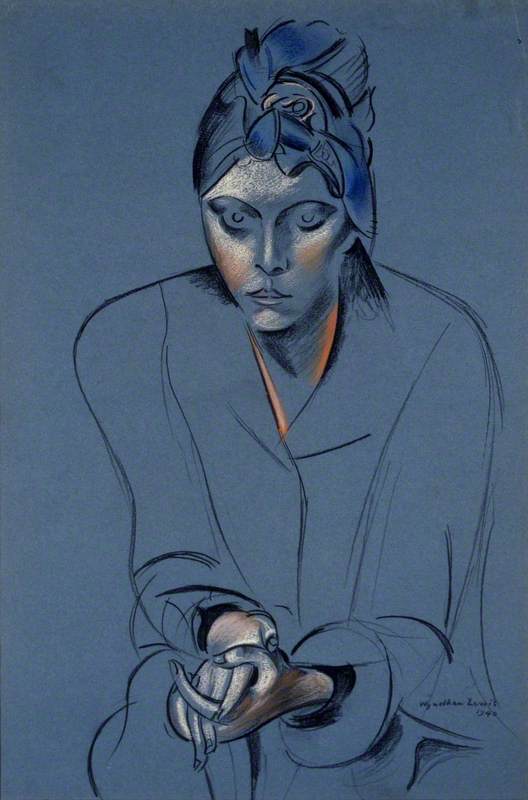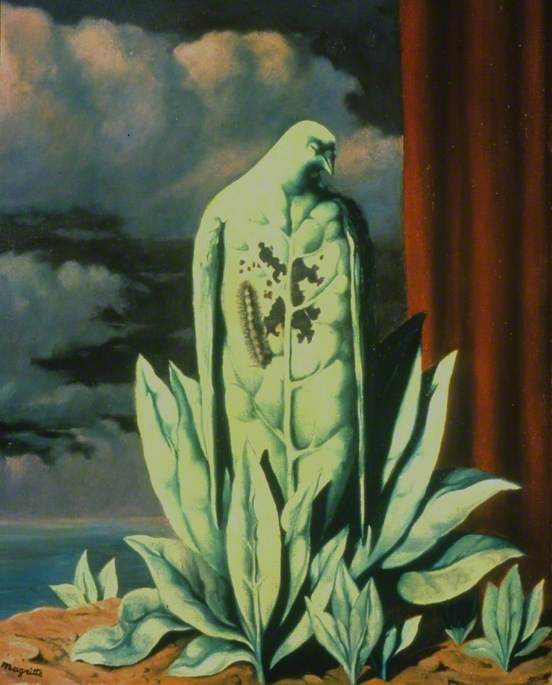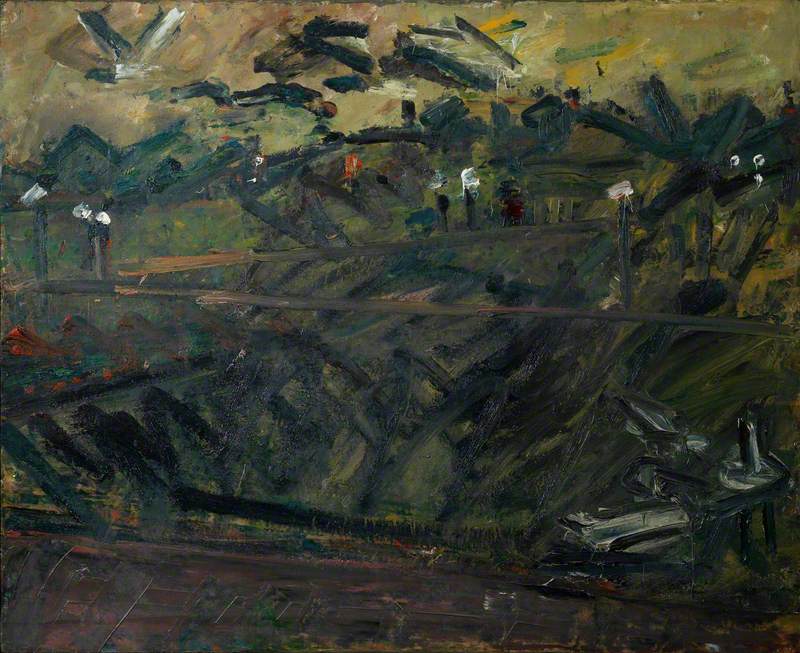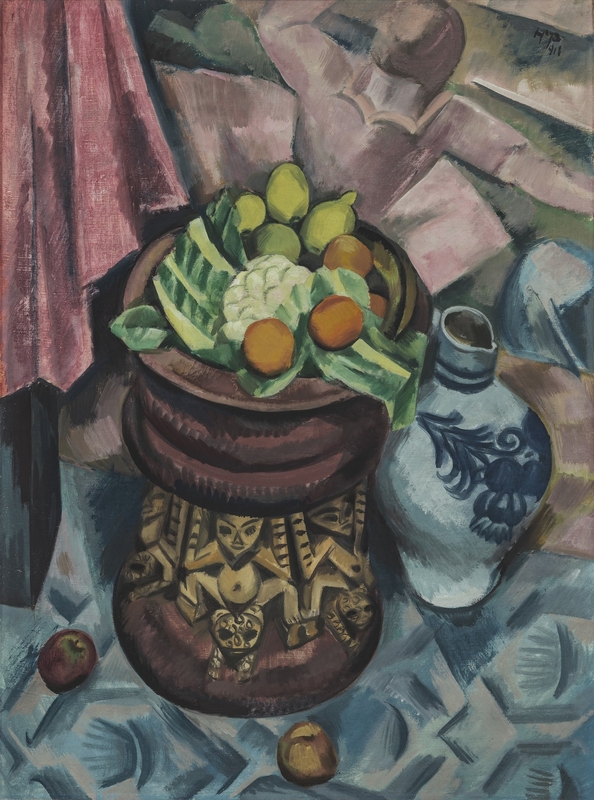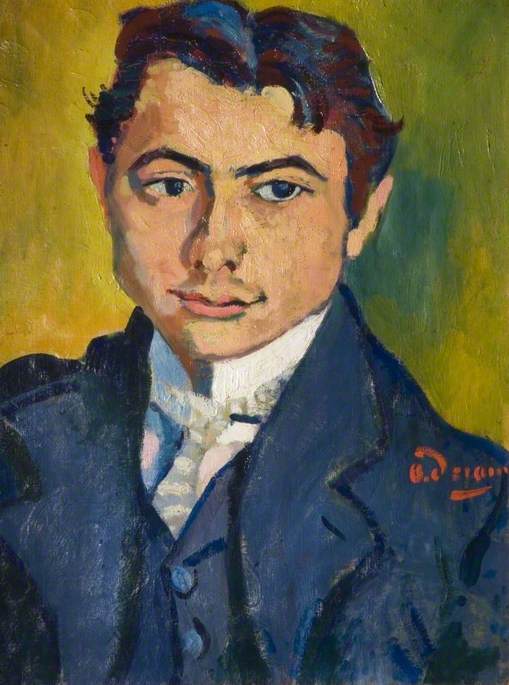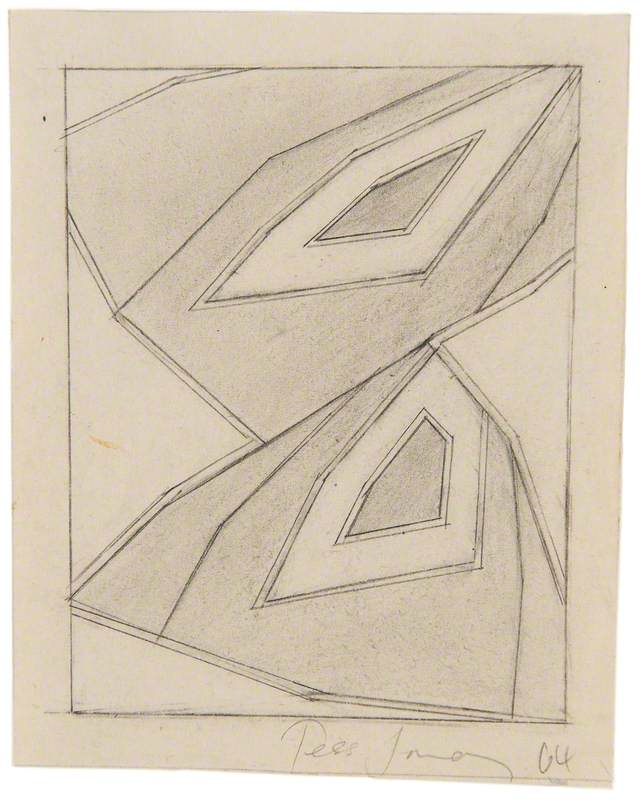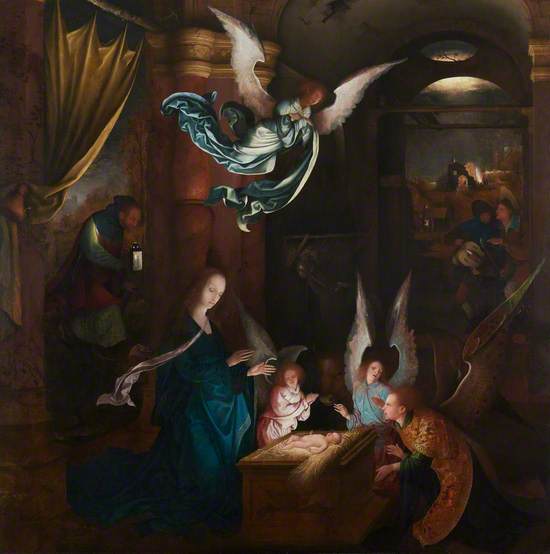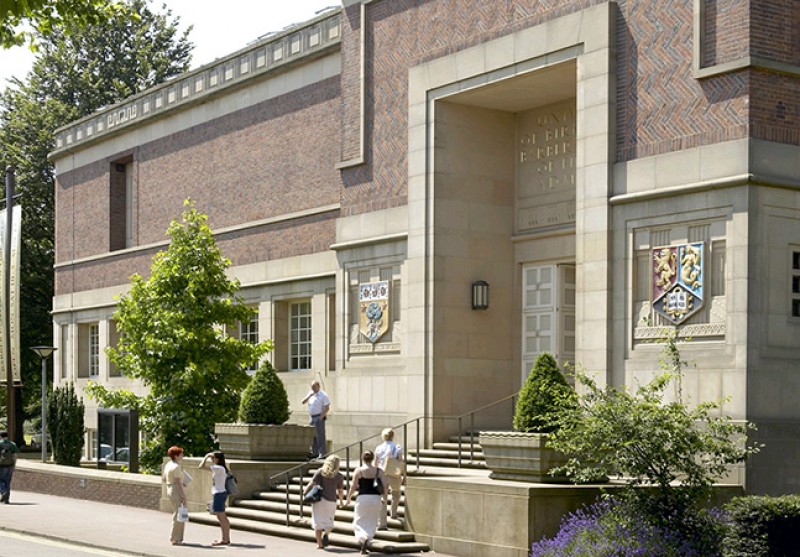
The Barber Institute of Fine Arts
Artists
-
 William Orpen (1878–1931)
William Orpen (1878–1931) -
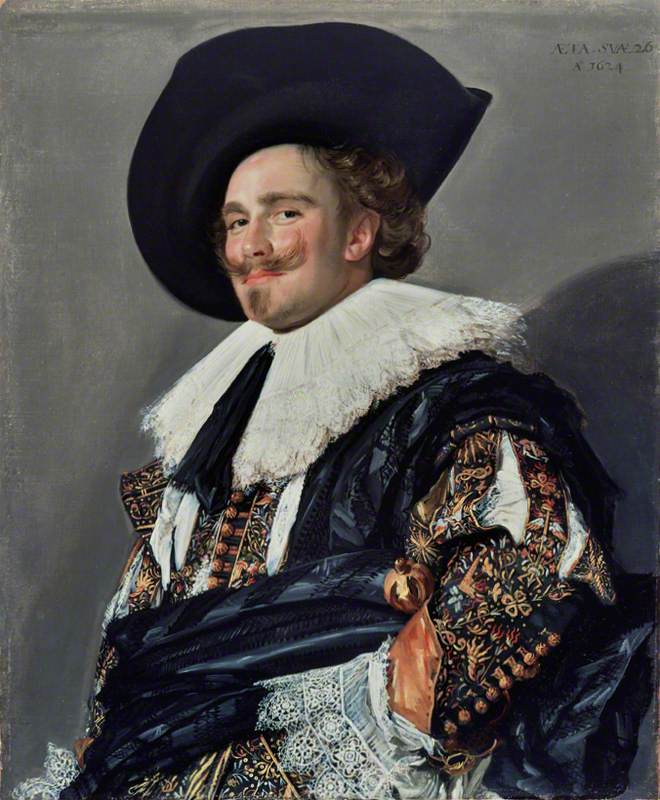 Frans Hals (c.1581–1585–1666)
Frans Hals (c.1581–1585–1666) -
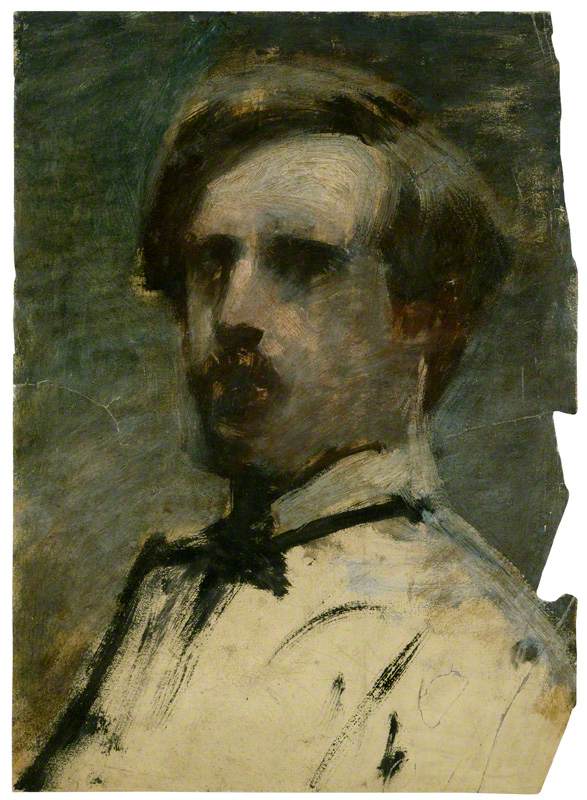 Philip William ('Phil') May (1864–1903)
Philip William ('Phil') May (1864–1903) -
 Johann Heinrich Wilhelm Tischbein (1751–1829)
Johann Heinrich Wilhelm Tischbein (1751–1829) -
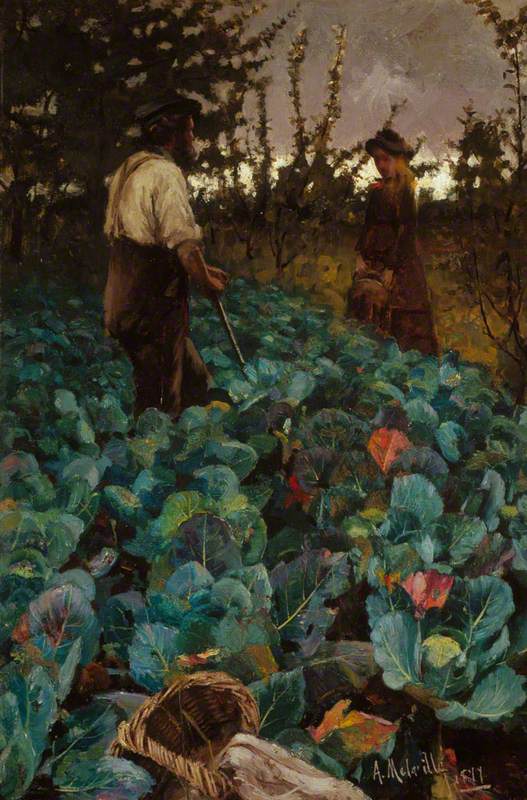 Arthur Melville (1855–1904)
Arthur Melville (1855–1904) -
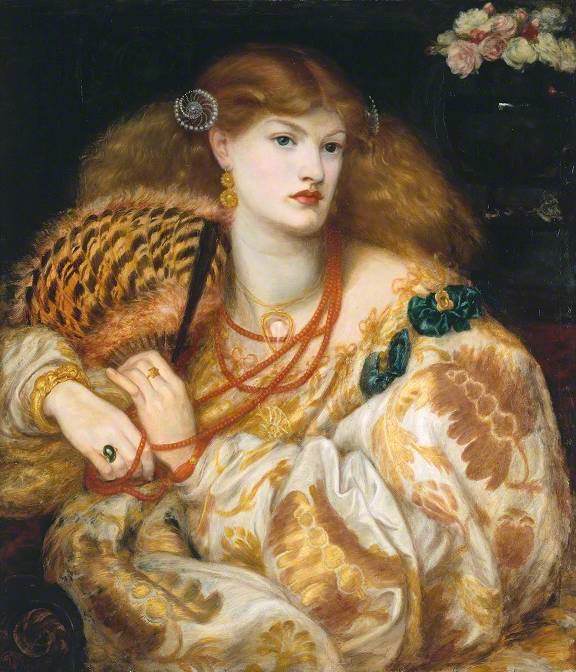 Dante Gabriel Rossetti (1828–1882)
Dante Gabriel Rossetti (1828–1882) -
 Eugène Delacroix (1798–1863)
Eugène Delacroix (1798–1863) -
 Govaert Flinck (1615–1660)
Govaert Flinck (1615–1660) -
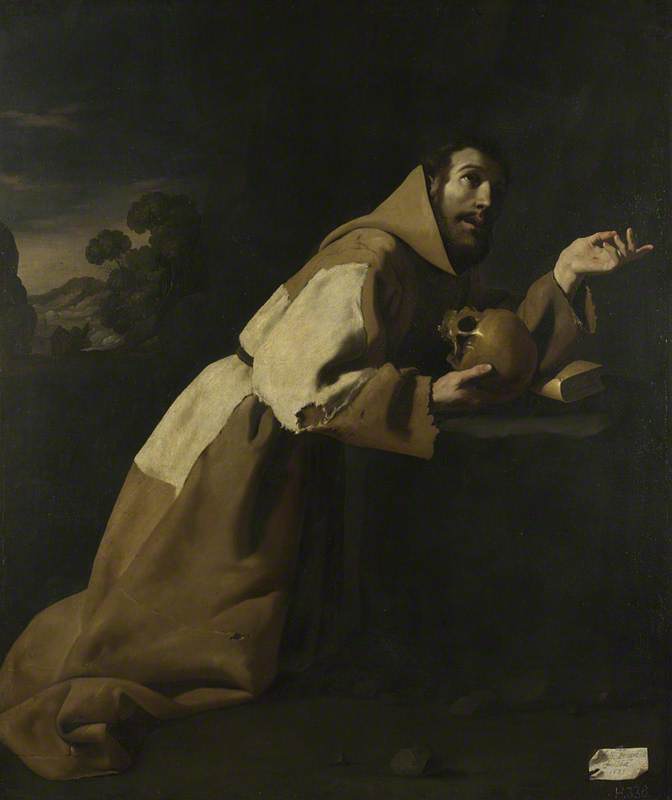 Francisco de Zurbarán (1598–1664)
Francisco de Zurbarán (1598–1664) -
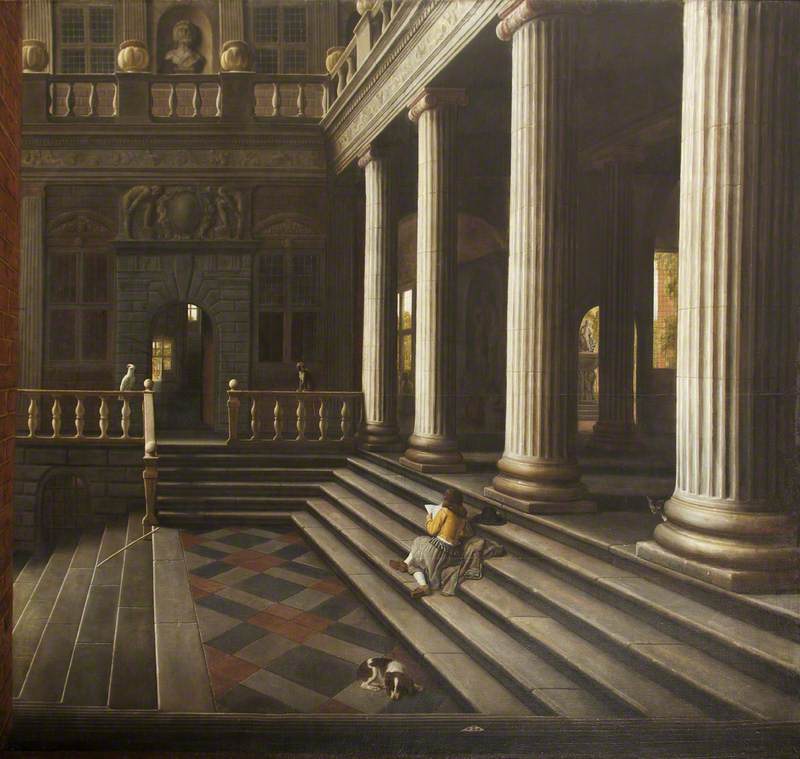 Samuel van Hoogstraten (1627–1678)
Samuel van Hoogstraten (1627–1678)
Stories
-
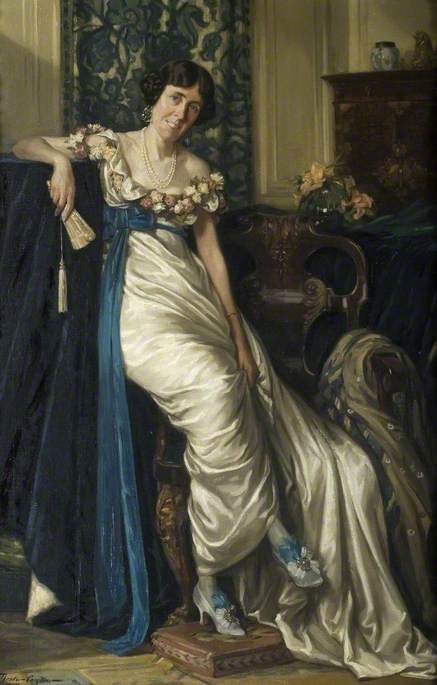 Collection in focus: The Barber Institute of Fine Arts
Collection in focus: The Barber Institute of Fine ArtsRobert Wenley
-
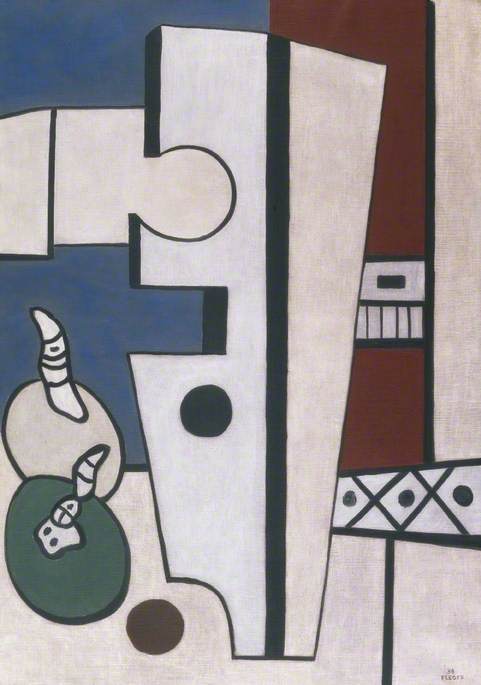
-
 Mum's the word at The Barber Institute of Fine Arts
Mum's the word at The Barber Institute of Fine ArtsHelen Record
-
 Five must-see works in 'Maman: Vuillard and Madame Vuillard'
Five must-see works in 'Maman: Vuillard and Madame Vuillard'Francesca Berry
-
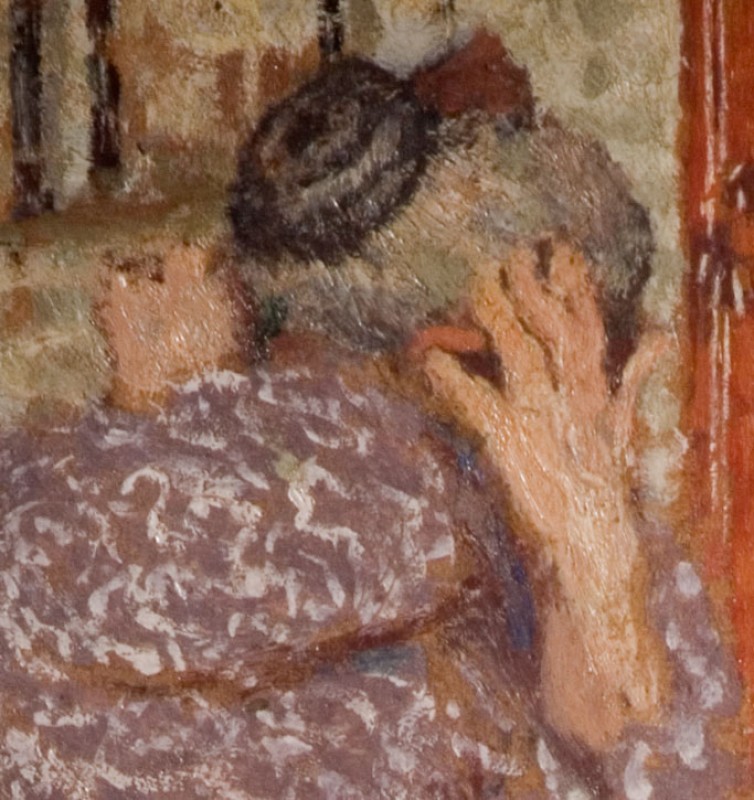
-
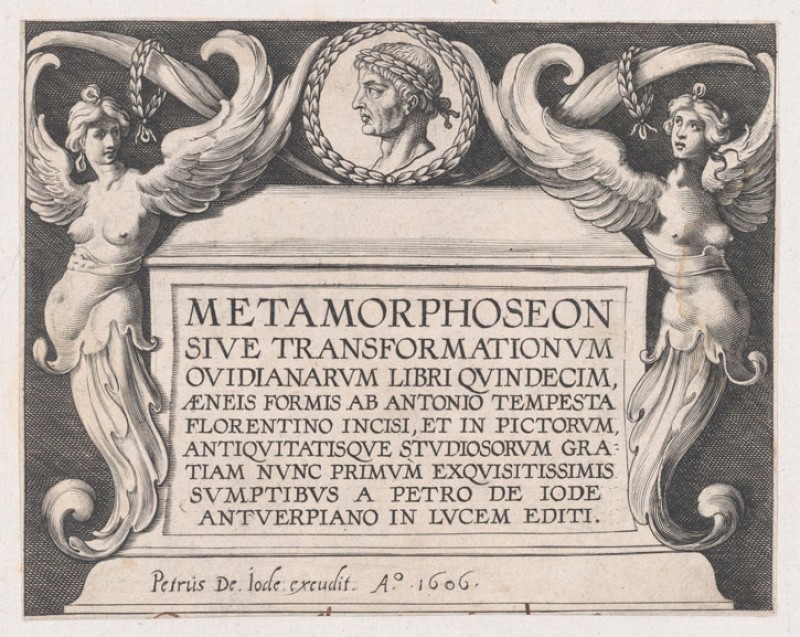 Changing shapes: the art of Metamorphosis
Changing shapes: the art of MetamorphosisHelen Cobby
-
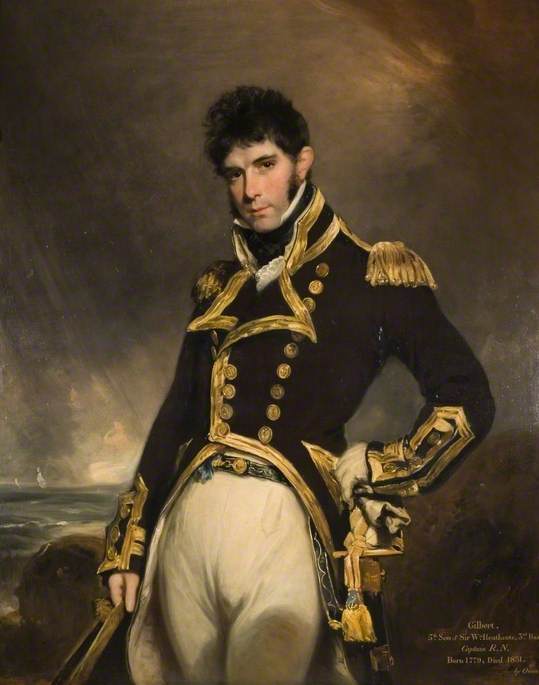
-
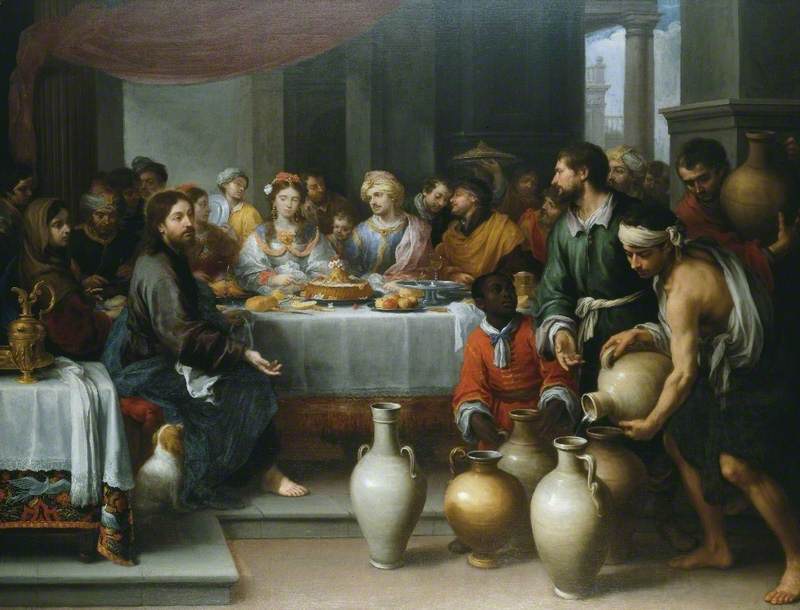 Bartolomé Esteban Murillo's 'The Marriage Feast at Cana'
Bartolomé Esteban Murillo's 'The Marriage Feast at Cana'Helen Cobby and Rebecca Randle
-
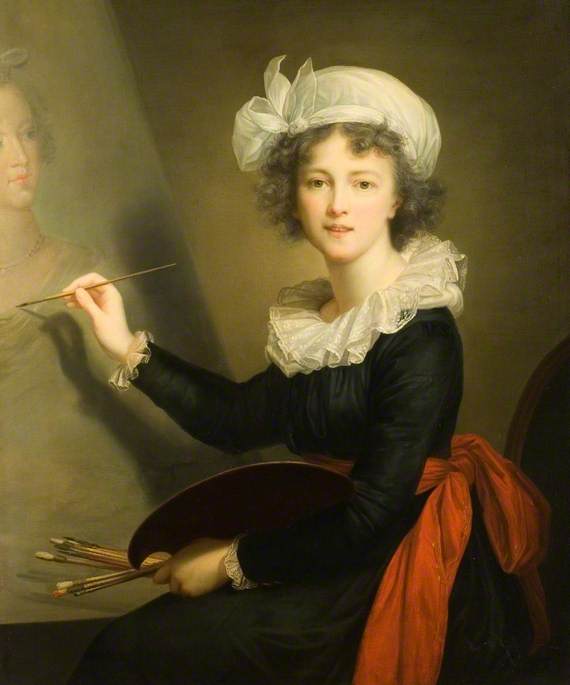
Venues in West Midlands (county)
-
 Assay Office
Assay Office -
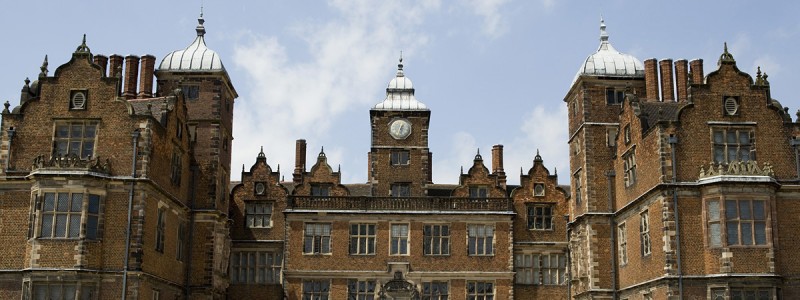 Aston Hall
Aston Hall -
 Aston University
Aston University -
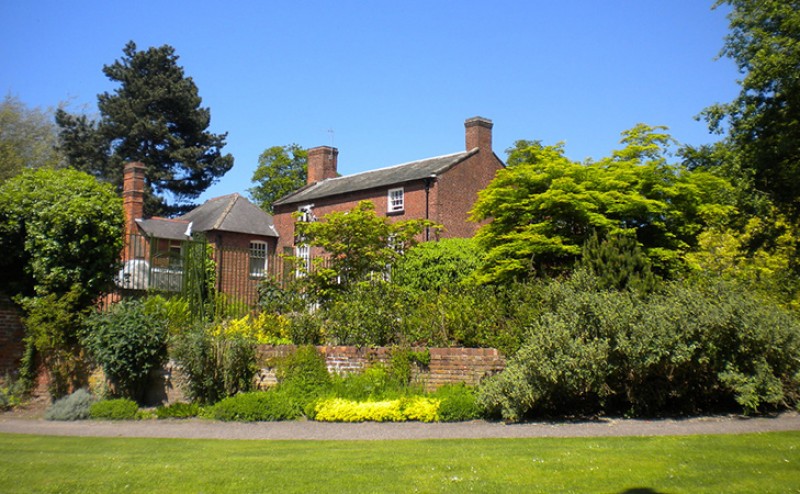 Bantock House and Park
Bantock House and Park -
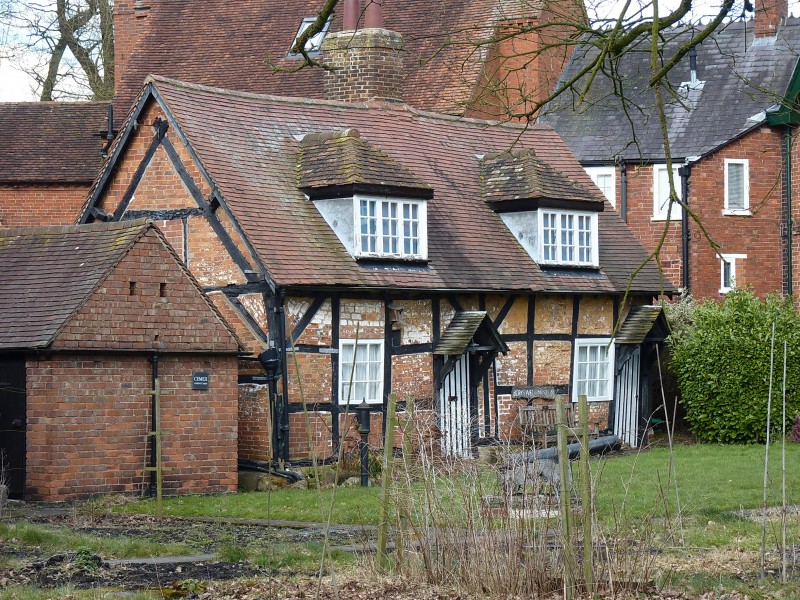 Berkswell Village Museum
Berkswell Village Museum -
 Birmingham Central Library
Birmingham Central Library -
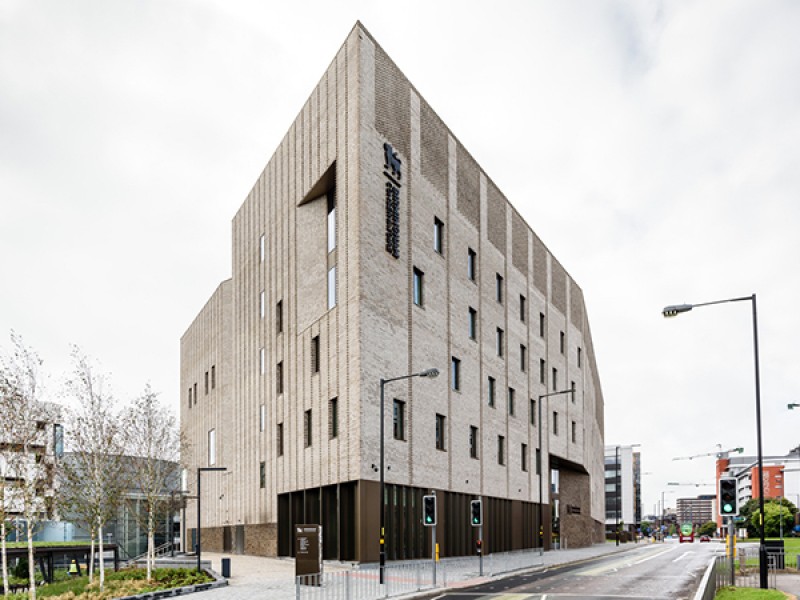 Birmingham Conservatoire, Birmingham City University
Birmingham Conservatoire, Birmingham City University -
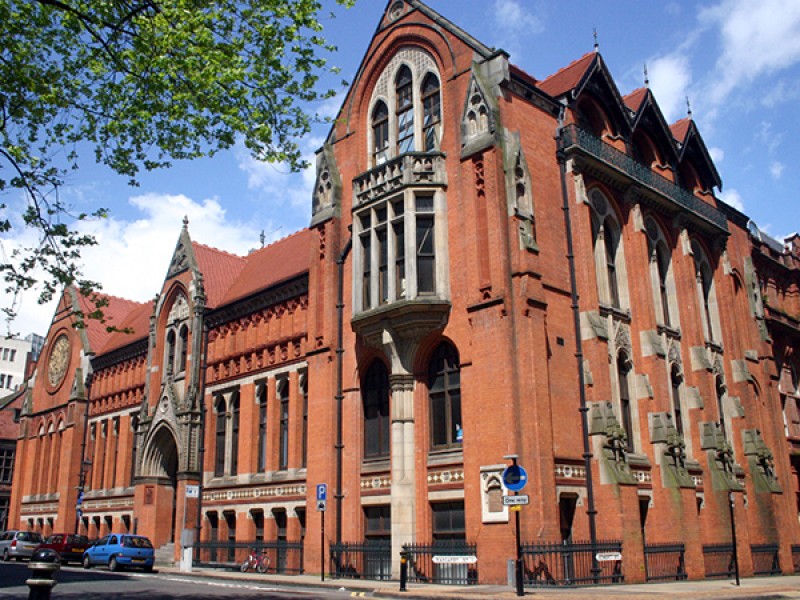 Birmingham Institute of Art and Design, Birmingham City University
Birmingham Institute of Art and Design, Birmingham City University -
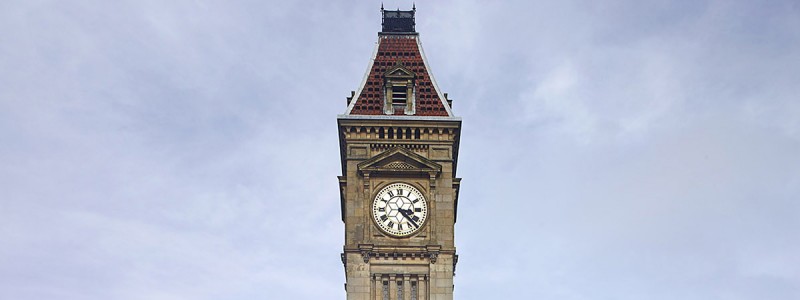 Birmingham Museums and Art Gallery
Birmingham Museums and Art Gallery -
 Birmingham and Midland Institute
Birmingham and Midland Institute


